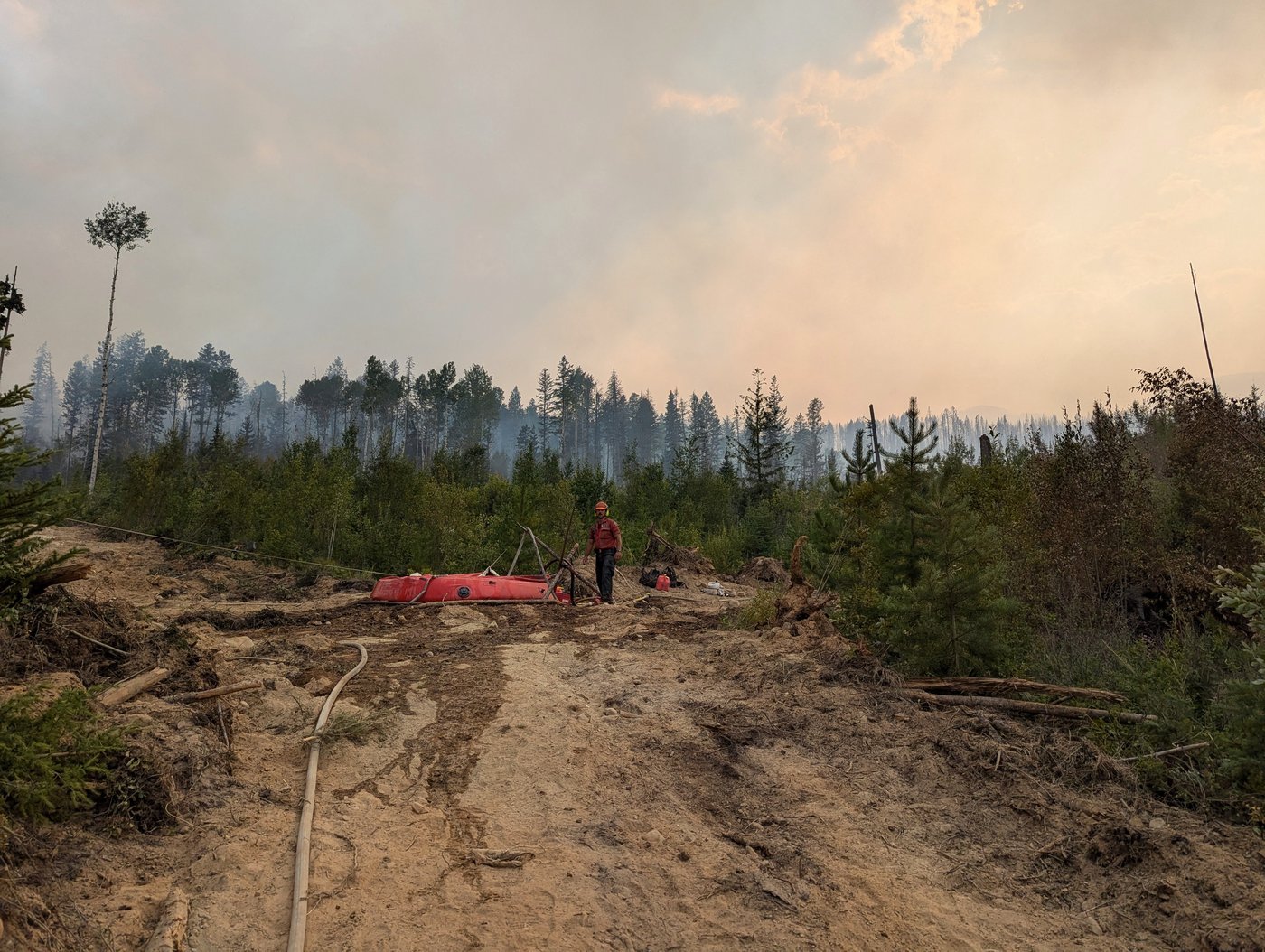
Changes in British Columbia’s forests due to the effects of a shifting climate are changing the behaviour of the province’s wildfires, according to new analysis which points to more “fire weather days,” a greater likelihood of ignitions, and more intense burns.
“We took a look at all of the large fires that started in British Columbia for a three month period, May through July of 2024,” said Kaitlyn Trudeau, a senior research associate at Climate Central.
“We looked at how many of those fires started on days where temperatures had been made more likely by human-caused caused climate change, and when they’re abnormally warm — warmer than the last normal period that we would consider.”
Trudeau says researchers found 85 percent of the large fires that started in B.C. during the three-month period ignited on days where higher than average temperatures had been made at least two times more likely due to climate change.
“And more than a quarter of these fires had been made five times more likely due to human-caused climate change,” she told 1130 NewsRadio.
The research relied on observational data and modeling, and Trudeau points to previous Climate Central analysis that found above-average weather is becoming more frequent and severe, not just in B.C. but in regions all over the globe.
“What we’ve been seeing over the last several decades is that human-caused climate change has really exacerbated the kind of weather conditions that really increase extreme fire behaviour, we call it fire weather. Most typically, we talk about temperature, relative humidity and windspeed — the combination of weather conditions that kind of set the stage for these fires to blow up really quickly,” Trudeau explained.
That doesn’t necessarily mean there will be more fires, but Trudeau says the risk of larger, more extreme blazes increases.
“It also means when we have more of these days of high fire weather conditions, it reduces our capacity to do things like prescribed burning (to mitigate fire risks).”
Trudeau points to even more recent wildfires in the province, including the Kikomun Fire southeast of Cranbrook, which was discovered on Sept. 9.
“It started Monday and temperatures were 6.7 degrees Celsius above normal. Those are average temperatures, and those temperatures were made at least twice as likely due to human caused climate change. But the minimum temperatures that day were 8.0 degrees Celsius above normal, and those were made at least four times more likely due to human-caused climate change,” she said.
“We’re seeing a human fingerprint on the temperatures that are exacerbating these fires. This is continuing to happen — it’s not just during the period we looked at — and we are continuing to see this, not just across Canada, but across the United States as well.”
–With files from Aastha Panday-Kanaan.